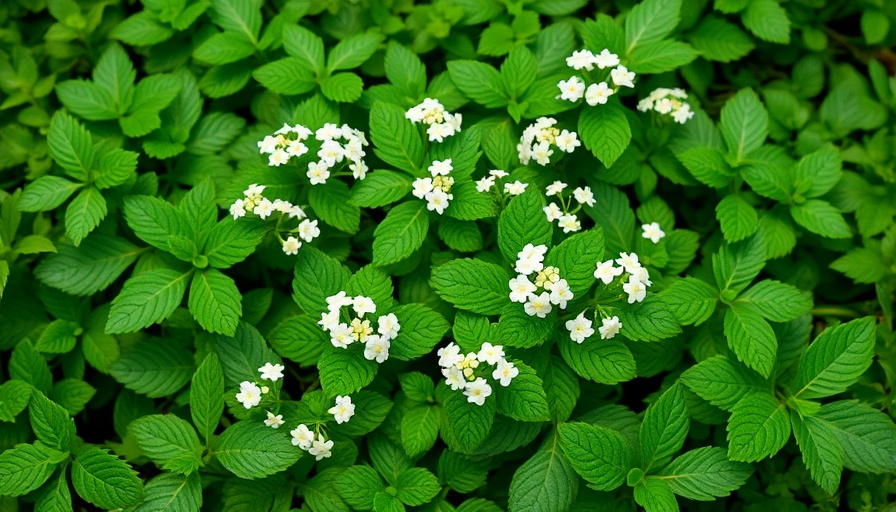
Unlock the Secrets of Growing Sweet Cicely: A Flavorful Addition to Your Garden
If you're looking to embrace the joys of gardening and incorporate unique herbs into your culinary adventures, look no further than sweet cicely (Myrrhis odorata). This aromatic perennial herb, known for its sweet, licorice-like flavor, is not just a treat for your taste buds but also a delightful visual addition to any garden. Whether you're an experienced gardener or just starting out, sweet cicely can enhance your home garden in nice ways.
Why Sweet Cicely is a Gardener's Favorite
Sweet cicely is celebrated not just for its culinary uses but also for its rich history in medicinal practices across Europe. This herb belongs to the Apiaceae family, which includes beloved plants like carrots and parsley. Able to thrive in USDA Hardiness Zones 3 to 7, sweet cicely boasts a bushy growth pattern that can reach up to 6 feet in height. This makes it an excellent choice for backyard landscaping, as it can serve as a decorative yet functional herb garden plant.
Essential Planting Tips for Sweet Cicely
Starting your own sweet cicely plant is simple and rewarding. Here’s what you need to know:
- Soil Requirements: Sweet cicely prefers organically-rich, well-draining soil with a pH of 4.5 to 7.4. Consider amending your garden soil with compost to enhance fertility.
- Sun Exposure: This herb thrives best in full sun to partial shade. Make sure to choose a spot in your garden that allows for at least six hours of sunlight each day.
- Watering Needs: While sweet cicely enjoys moderate watering, ensuring that the soil remains adequately drained is key to its growth. Overwatering can lead to root rot.
Harvesting and Using Sweet Cicely
After around 120 days, your sweet cicely will be ready for harvesting. The leaves and stems taste their best just before flowering. Use them fresh in salads or dried for later use as a natural sweetener in desserts and teas. The aromatic flavors can also elevate savory dishes!
Beyond Flavor: The Medicinal Uses of Sweet Cicely
Beyond its culinary benefits, sweet cicely has a rich history steeped in medicinal lore. Traditionally used to relieve digestive issues and freshen breath, it can also be made into soothing herbal teas. Incorporating it into your herbal routine may add an exciting, flavorful twist to your wellness journey.
Designing Your Garden with Sweet Cicely
Incorporating sweet cicely into your garden design can enhance its aesthetic. Its delicate white blooms alongside lush green foliage provide a beautiful contrast to vegetable gardens, flower beds, and even as a border plant. Pair it with companion herbs like thyme or chives for a visually appealing and functional garden layout.
Challenges and Solutions in Growing Sweet Cicely
Like any herb, sweet cicely can attract unwanted pests, such as aphids or spider mites. To maintain a healthy plant, consider using organic pesticides and promoting beneficial insects like ladybugs to naturally control pest populations. Regular pruning can prevent overcrowding and improve air circulation, limiting disease potential.
Final Thoughts: Embracing Gardening and Sustainable Practices
Growing sweet cicely not only enriches your culinary outings but also imbues your gardening space with life and beauty. This herb stands as a testament to the joys of cultivating plants that benefit both the environment and your health. Whether in a vegetable garden layout or as part of your DIY gardening projects, let sweet cicely inspire you to explore the wide world of herbs.
So, why wait? Dive into the adventure of gardening with sweet cicely – your tastebuds will thank you!
 Add Row
Add Row  Add
Add 




Write A Comment